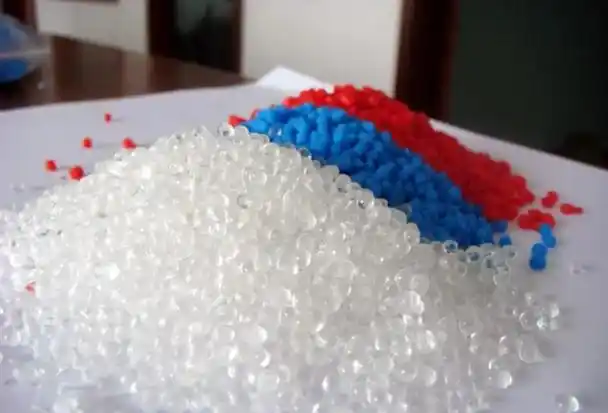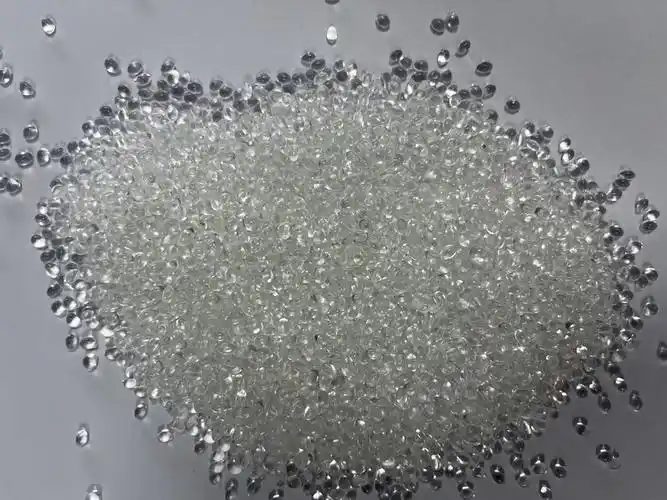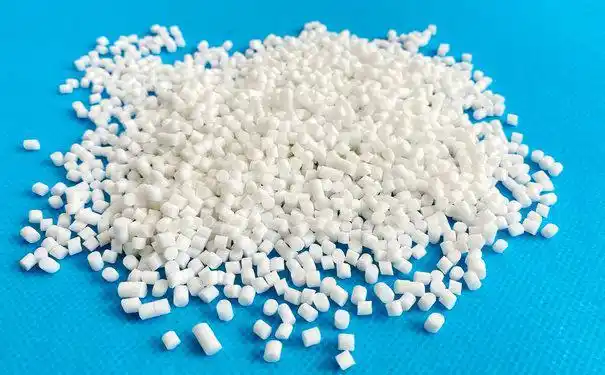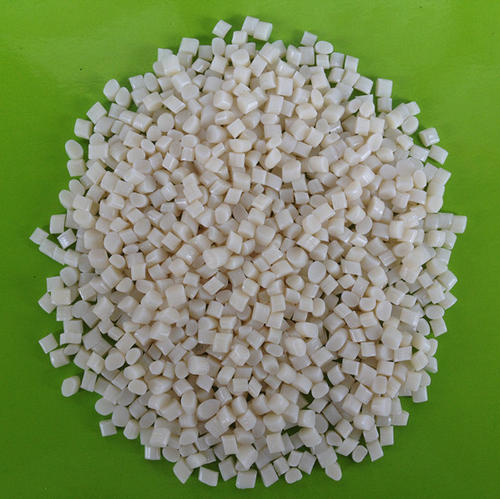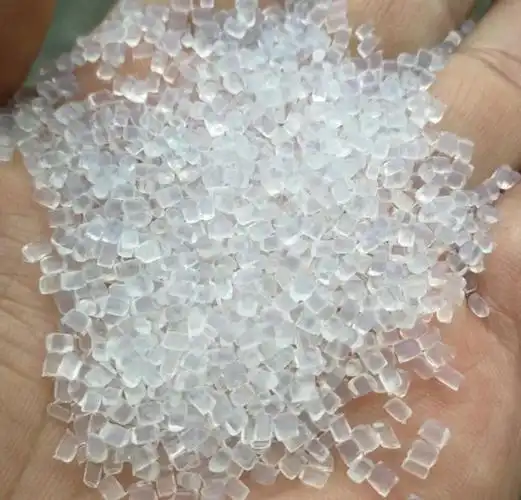Why Should the Discharge Port of a TPR Extruder Be Ventilated?
After spending more than a decade in the thermoplastic rubber (TPR) extrusion industry, I’ve come across countless machine setups, production challenges, and maintenance headaches. One question that pops up surprisingly often—both from newcomers and even some experienced operators—is: why does the discharge port of a TPR extruder need to be ventilated? It seems straightforward at […]
Why Should the Discharge Port of a TPR Extruder Be Ventilated? Read More »




